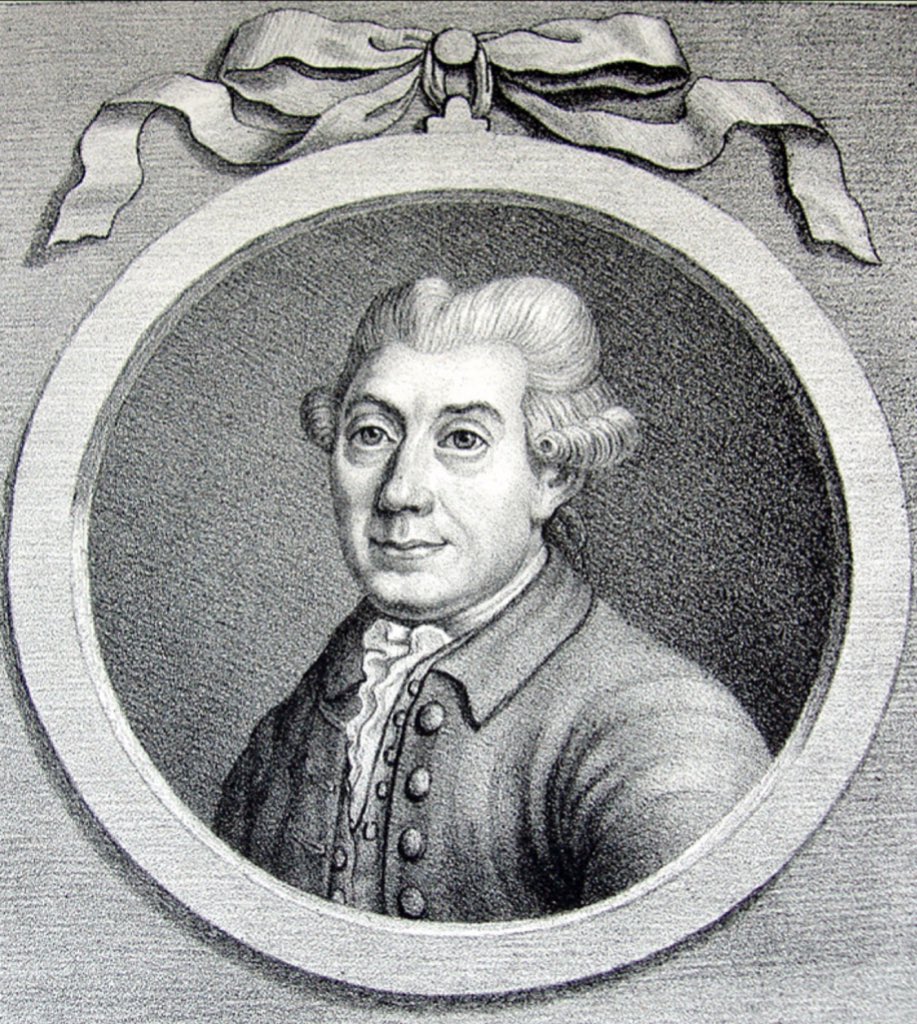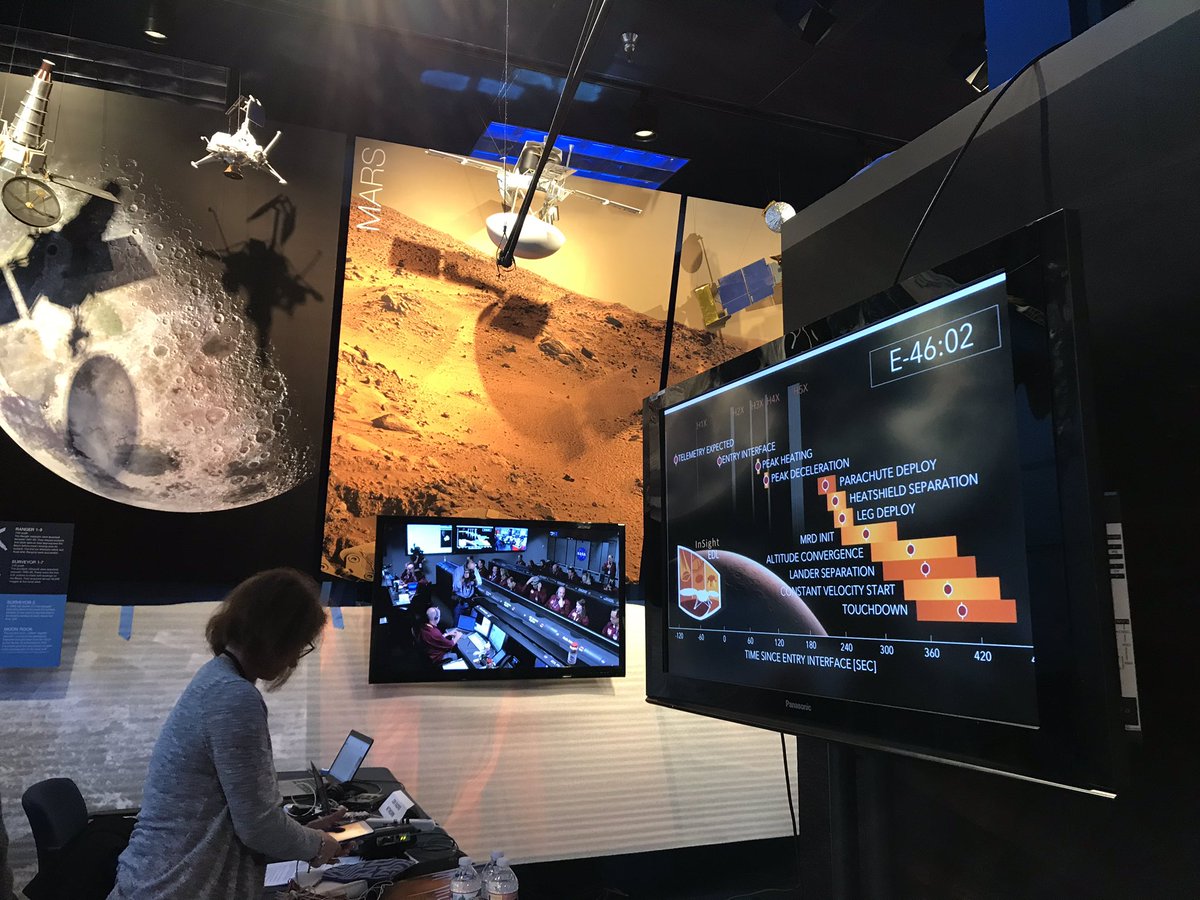And the word for king.
Rasmus Rask recognised a grammatical feature, the genetive ending -anam in the recurring phrase “king of kings”
Hincks identified the semi-syllabic nature of the script and began to match signs up with the “the Babylonian inscriptions”, as he called them.
Independently, Rawlinson replicated many of the same steps.
An important part of Iraq’s cultural heritage, cuneiform is still a resonant part of modern identity, seen e.g., in the work of @alialsumery































